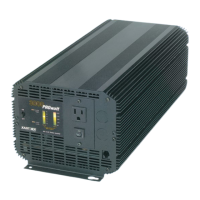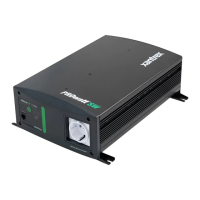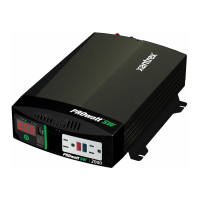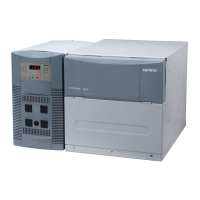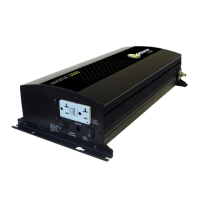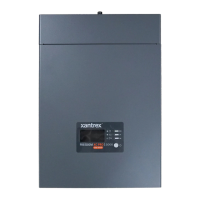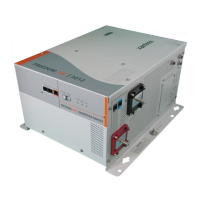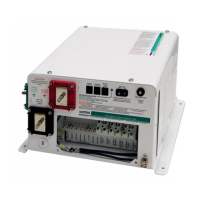SECTION 7 SERIES OPERATION
445-0089-01-01
89
Connecting the DC Cables
The system can be run from a single battery bank or from two separate banks.
A large single bank provides better surge capability for 120V loads and
ensures that unbalanced 120V loads don’t run down the battery on one
inverter before the other. The two PROsine 2.0 Inverter•Chargers charge the
single battery bank cooperatively. If you prefer to run separate battery banks,
the units can be configured to charge the batteries separately. In either case,
Xantrex recommends that you use batteries of the same type, size, and
condition.
• Connect each PROsine 2.0 to the battery, making sure the polarity is
correct. For DC wiring steps, refer to “Step 7: Connecting the DC Cables”
starting on page 31.
• Do not attempt to run the DC cabling from the battery to one PROsine and
then from that PROsine to the next. The cable and fuse sizes required
would be much larger than are practical, and performance would suffer.
Your system may include some kind of battery monitor (e.g. a current sensing
shunt) where all battery current must pass through one terminal for the sake of
accurate data. If this is the case, the wires between the battery and the shunt
must be very short and heavy because they carry the current of two PROsines:
up to 500A continuous, which will require extremely large wire. The wires
from the shunt to each PROsine must be 250MCM with a 300A fuse in each of
the positives to protect the wiring.
Connecting the DC Ground
• Ground both inverter•chargers according to the procedures given on
page 33.
CAUTION
Before making the final DC connection, check cable polarity at both the
battery and the inverter•charger. Positive must be connected to positive;
negative must be connected to negative.
Reversing the positive and negative battery cables will damage the
inverter•charger and void your warranty. This type of damage is easily
detected.
WARNING: Fire Hazard
Make sure all DC connections are tight to a torque of 216–240 inch-
pounds (24–27Nm). Loose connections will overheat.
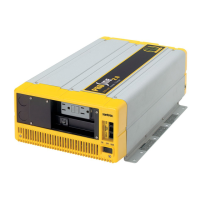
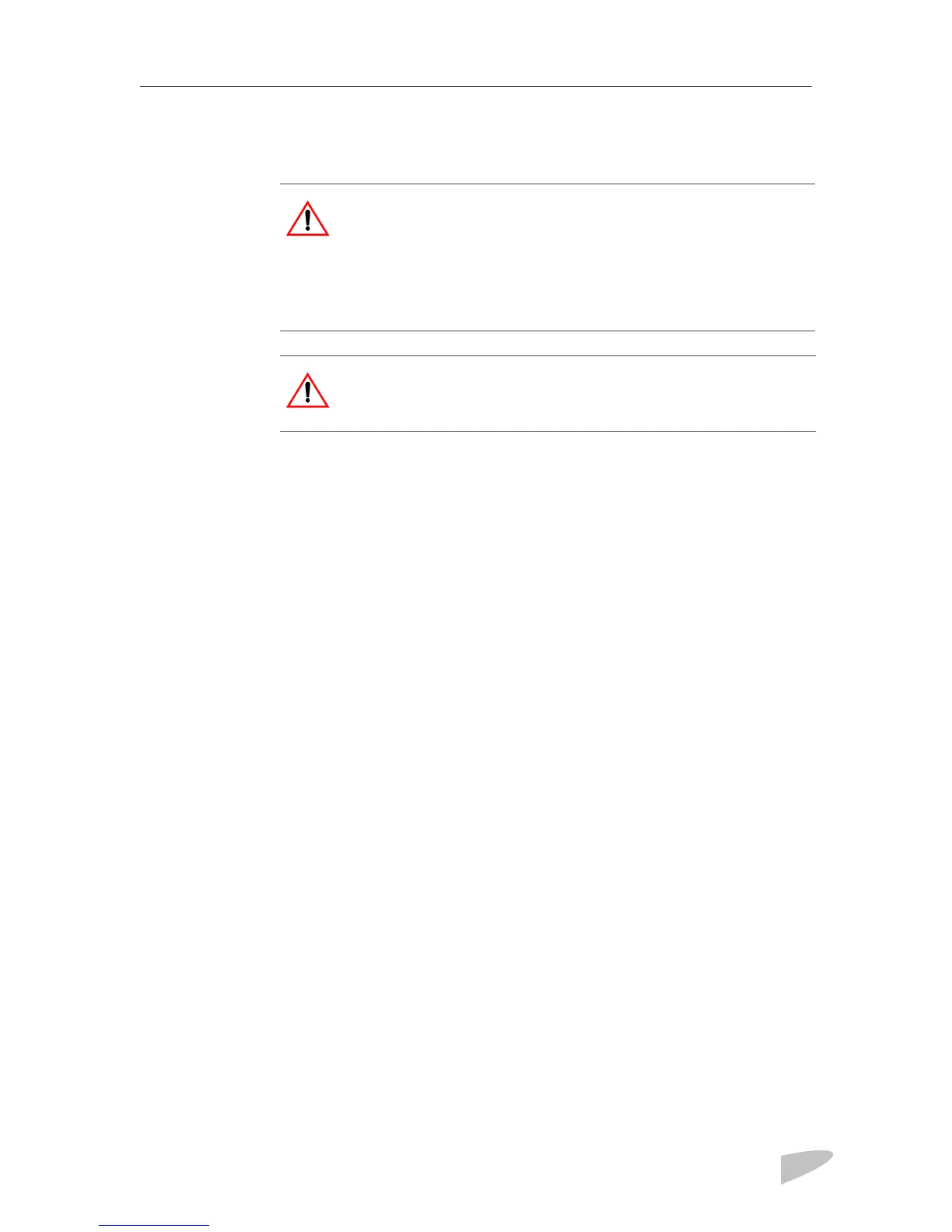